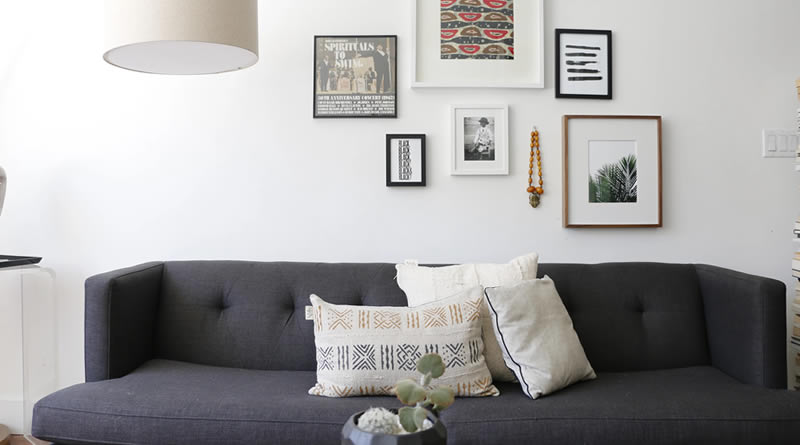Considerations for Choosing Furniture Based on Room Size and Layout
When it comes to selecting furniture for your home, considering the size and layout of the room is crucial for creating a harmonious and functional space. Each room has its unique characteristics, and understanding how to make the most of them can help you make informed decisions when choosing furniture. In this article, we will explore the important considerations to keep in mind when selecting furniture based on room size and layout.
1. Assessing the Room Size
Before purchasing furniture, it’s essential to assess the size of the room. Measure the dimensions of the space, including the length, width, and height. Understanding the available space will help you determine the appropriate size and scale of furniture pieces that can comfortably fit into the room without overwhelming it. Consider both the floor space and vertical space to optimize the room’s functionality and aesthetics.
2. Creating a Furniture Plan
Once you have an understanding of the room’s size, create a furniture plan that outlines the desired layout and placement of each piece. Start by identifying the focal point of the room, such as a fireplace, window, or entertainment center, and arrange the furniture around it. Ensure that there is sufficient circulation space to move around comfortably. Visualize the furniture arrangement to determine if it aligns with the room’s flow and purpose.
3. Proportions and Scale
Consider the proportions and scale of the furniture in relation to the room. Oversized furniture in a small room can make the space feel cramped, while small furniture in a large room may look insignificant and scattered. Aim for a balance that complements the room’s size. Opt for furniture with clean lines and streamlined silhouettes to create an open and spacious feel in smaller rooms, while larger rooms can accommodate more substantial furniture pieces.
4. Multifunctional and Space-Saving Solutions
For rooms with limited space, prioritize furniture that serves multiple functions or offers storage solutions. Look for items such as sofa beds, ottomans with hidden storage, or dining tables that can extend to accommodate more guests. These versatile pieces maximize functionality without compromising on style. Utilizing vertical space with shelves or wall-mounted furniture can also help optimize storage and create a visually appealing display.
5. Consider the Traffic Flow
Take into account the traffic flow within the room when selecting furniture. Ensure that there are clear pathways and that furniture placement does not obstruct movement or create bottlenecks. Consider how doors, windows, and other architectural features impact the flow of the room. Maintaining an open and unobstructed layout promotes a sense of spaciousness and ease of movement.
6. Personal Style and Comfort
While size and layout are important considerations, don’t overlook personal style and comfort when choosing furniture. Select pieces that align with your aesthetic preferences and create a welcoming and inviting atmosphere. Pay attention to the materials, upholstery, and finishes to ensure they are both visually appealing and comfortable for everyday use. Comfortable seating and ergonomic design contribute to the overall enjoyment and functionality of the space.
In conclusion, selecting furniture that suits the size and layout of your room is essential for creating a harmonious and functional living space. By assessing the room’s size, creating a furniture plan, considering proportions and scale, opting for multifunctional solutions, ensuring smooth traffic flow, and prioritizing personal style and comfort, you can make informed choices that enhance the overall ambiance of your home.




